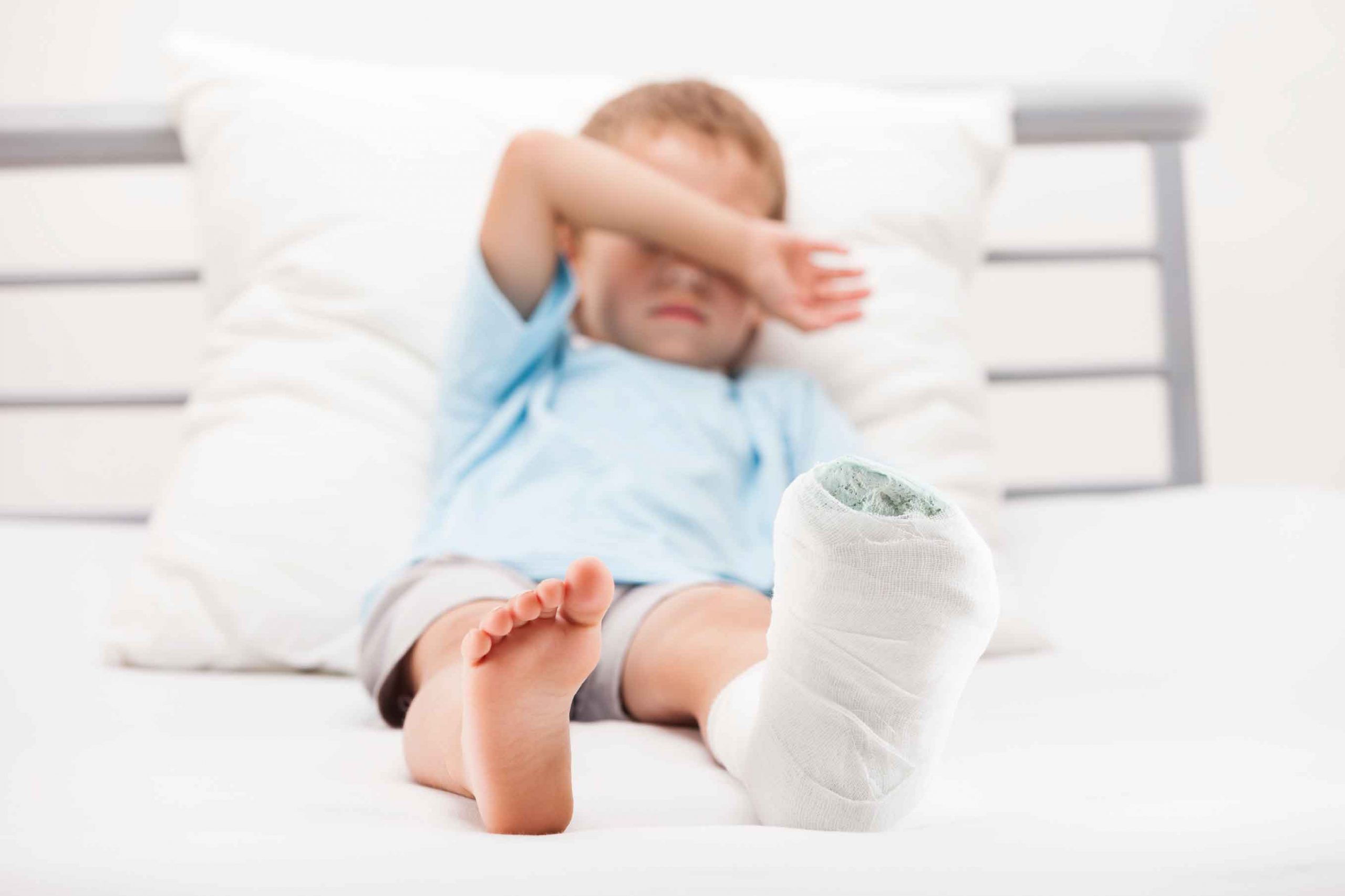
Many people assume all fractures are the same, but the patterns vary widely based on force and bone. Some break cleanly, others shatter into multiple pieces. A transverse fracture cuts straight across the bone. Oblique ones angle sharply. Spiral fractures twist due to rotational force. Comminuted fractures break into fragments. Greenstick fractures bend but don’t fully break, common in children. Each type reflects how the trauma happened. Diagnosis relies on imaging, clinical symptoms, and physical findings. Understanding the fracture type shapes the entire treatment process. Different breaks require different strategies, even when symptoms feel similar.
Open fractures expose bone to the air while closed ones remain under the skin’s surface
Open fractures expose bone to the air while closed ones remain under the skin’s surface. The difference changes urgency. Open fractures risk infection from external contaminants. Dirt, bacteria, and tissue damage complicate healing. Immediate surgical cleaning is needed. Antibiotics are given early. Closed fractures have fewer complications but can still hide swelling, nerve damage, or vascular injury. External appearance may not match internal severity. Radiographs help visualize alignment and displacement. Both types may need casting or surgery depending on severity. Location and stability determine next steps more than skin status alone.
Stress fractures develop slowly over time and often appear without a distinct injury event
Stress fractures develop slowly over time and often appear without a distinct injury event. They result from repetitive force exceeding the bone’s capacity to repair. Runners, dancers, and soldiers face high risk due to constant impact. Small cracks form and worsen under continued strain. Pain starts mild and grows gradually. X-rays may miss them early. MRI or bone scans often confirm diagnosis. Rest is critical to prevent progression into full fractures. Modifying activity, footwear, and nutrition aids recovery. Ignoring symptoms leads to chronic issues. These are overuse injuries, not single-moment traumas.
Treatment depends on bone location, fracture pattern, patient age, and overall health
Treatment depends on bone location, fracture pattern, patient age, and overall health. Some fractures heal with immobilization alone. Casts, braces, or slings stabilize the area. Others need surgical intervention—especially if bones are misaligned or unstable. Internal fixation uses plates, rods, or screws. External fixation may involve devices outside the body. Healing varies by person. Children heal faster. Older adults, especially with osteoporosis, face longer recovery. Smoking, poor circulation, and certain medications delay bone repair. Treatment plans must match anatomy and individual biology, not just the break itself.
Immobilization prevents movement so bones can reconnect without strain or further separation
Immobilization prevents movement so bones can reconnect without strain or further separation. Casts hold bones in correct position while new tissue forms. The first weeks are critical. Even slight motion can interrupt the healing process. Patients often underestimate how fragile early healing is. Weight-bearing instructions matter. Elevation reduces swelling. Skin under casts requires monitoring for irritation. If a cast feels tight, it could signal swelling or poor circulation. Immobilization time depends on healing rate and fracture type. Follow-up X-rays confirm progress. Premature activity risks refracture. Protection doesn’t mean inactivity—it means controlled recovery.
Surgical intervention becomes necessary when alignment can’t be restored externally or stability is insufficient
Surgical intervention becomes necessary when alignment can’t be restored externally or stability is insufficient. Displaced fractures won’t reconnect on their own. Joint-involving breaks demand perfect alignment to prevent arthritis. Surgery opens the site, realigns fragments, and secures them internally. Techniques vary: screws alone, plates with screws, or rods inside bone shafts. Some procedures are minimally invasive; others require open exposure. Postoperative care includes pain management, wound care, and sometimes physical therapy. Hardware may stay permanently or be removed later. Surgery doesn’t guarantee faster healing but ensures proper structure and function return.
Bone healing occurs in stages and can take weeks to months depending on complexity
Bone healing occurs in stages and can take weeks to months depending on complexity. Inflammation starts immediately after injury. Blood clots form. Cells arrive to clean and prepare the area. Soft callus appears, then hard callus replaces it as bone regenerates. Remodeling continues for months. Bones restore shape, density, and strength gradually. Pain may vanish early, but full strength lags behind. That’s why overuse too soon re-injures healing tissue. Nutrients like calcium, vitamin D, and protein support healing. Recovery doesn’t follow a clock—it follows biology. Patience and adherence guide successful outcomes.
Complications include delayed healing, malunion, infection, or permanent stiffness in nearby joints
Complications include delayed healing, malunion, infection, or permanent stiffness in nearby joints. Poor alignment may cause the bone to heal crooked. Infection risks rise with open fractures or surgical sites. Chronic pain can develop from nerve entrapment or scarring. Some joints lose range of motion due to disuse or swelling. Early rehab minimizes this risk. Delayed union means healing takes longer than expected. Nonunion means it doesn’t heal at all. These outcomes require additional procedures. Recognizing warning signs early—persistent pain, redness, or deformity—allows prompt correction before complications worsen long-term mobility.
Physical therapy helps restore strength, flexibility, and coordination once the bone has stabilized
Physical therapy helps restore strength, flexibility, and coordination once the bone has stabilized. Immobilization causes muscle atrophy and joint stiffness. Rehab starts gently and progresses steadily. Weight-bearing is increased under supervision. Stretching reduces scar tightness. Balance exercises retrain proprioception. Recovery is both physical and mental. Patients often fear re-injury. Gradual return to function rebuilds trust in the limb. Therapy timelines vary—some complete recovery in weeks, others in months. Home exercises reinforce clinic sessions. Consistency matters more than intensity. Movement after fracture is controlled, not rushed.
Bone health before injury affects healing just as much as treatment after injury
Bone health before injury affects healing just as much as treatment after injury. Osteoporosis weakens bones, making breaks more likely and recovery harder. Vitamin deficiencies, smoking, or steroid use degrade bone quality. Strength training and diet help maintain density. Fractures may be the first sign of underlying bone disease. That’s why bone density scans follow low-impact fractures in older adults. Preventing future injury means addressing root causes. Post-fracture care includes lifestyle assessment. Healing one bone isn’t enough—preserving overall skeletal integrity matters. Prevention blends into recovery when the body’s structure is at stake.
